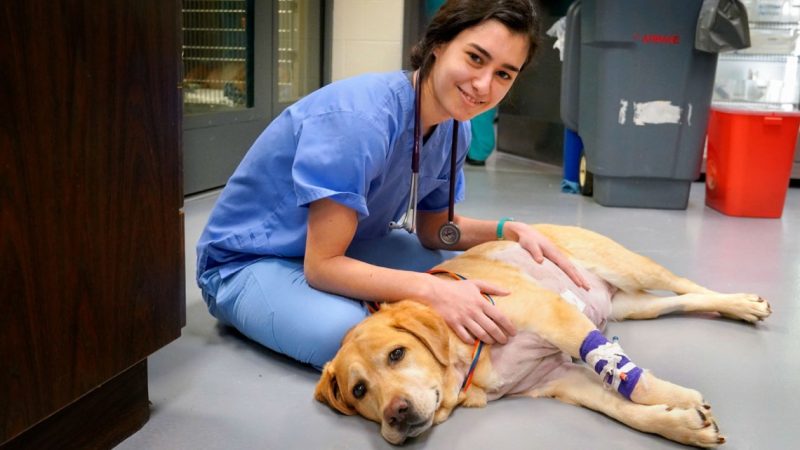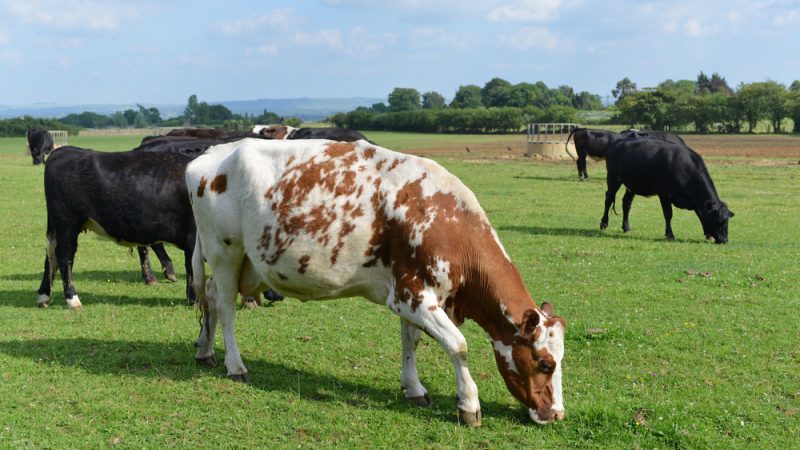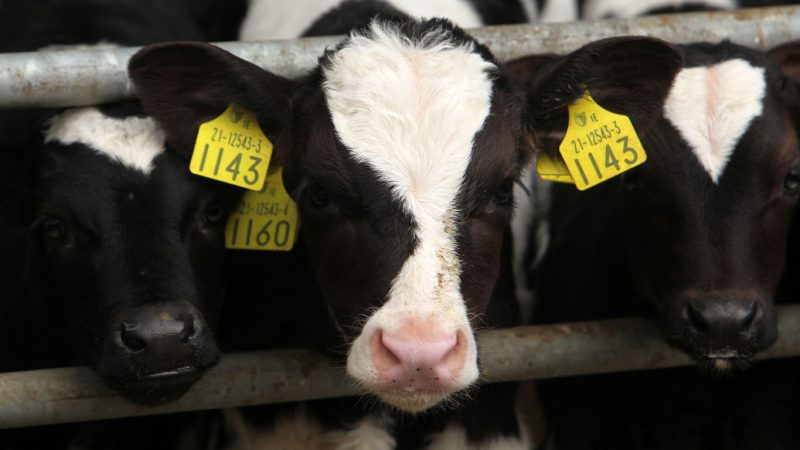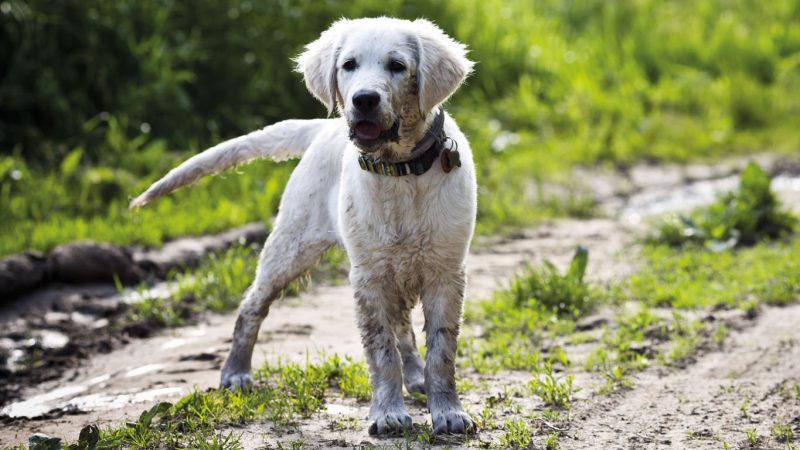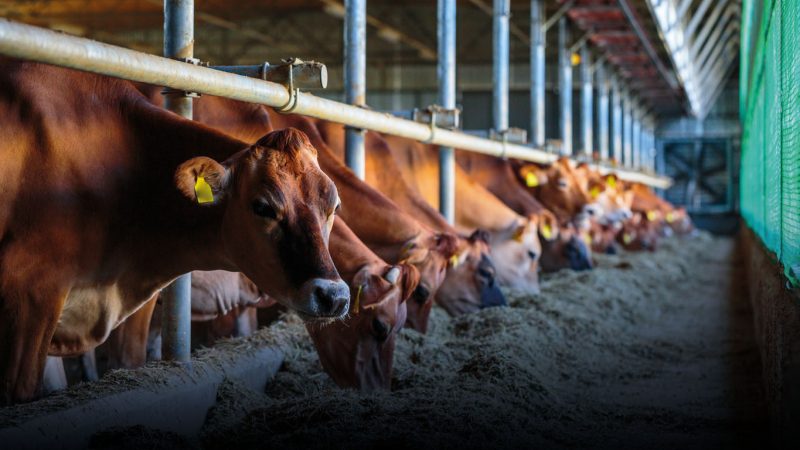Trace Race Elements impact on Bovine Fertility
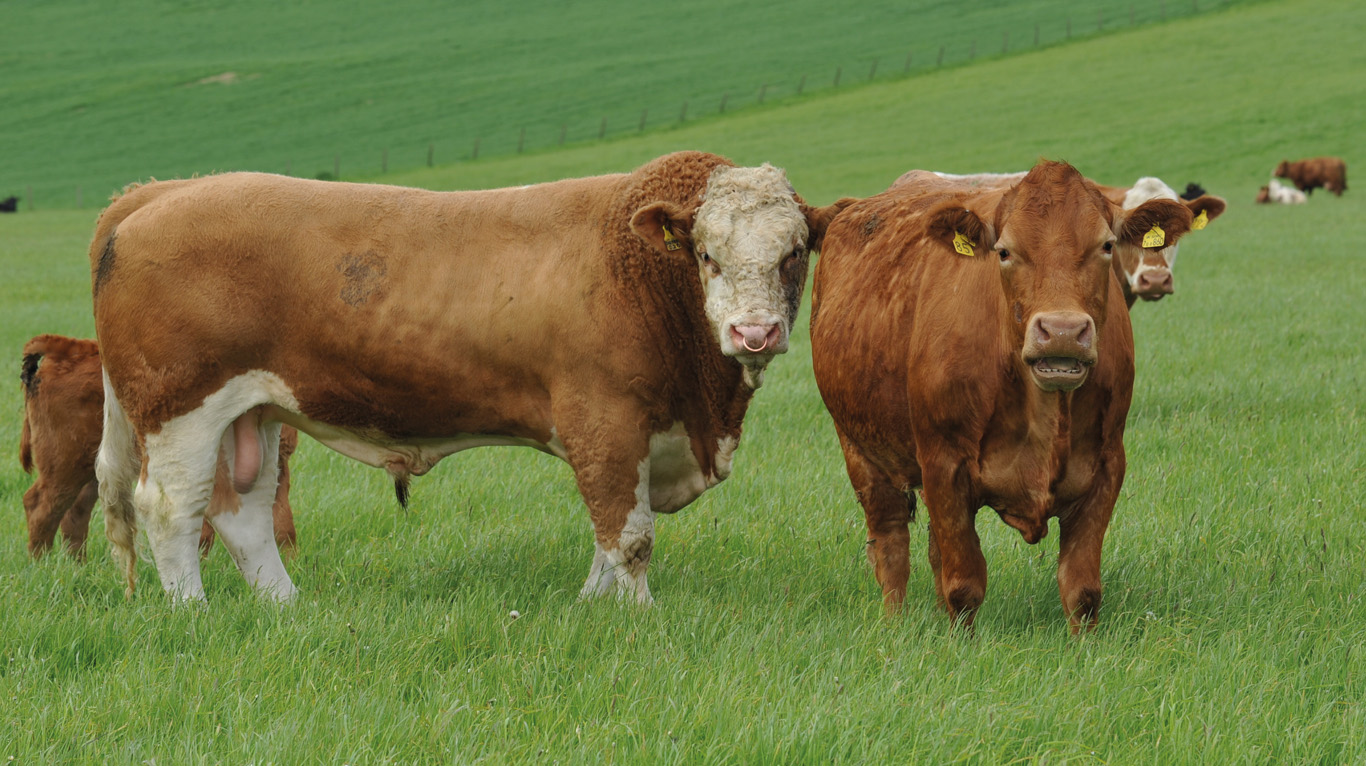
Getting cows back in calf is a persistent and growing issue on many Northern Irish farms that veterinary professionals are asked to resolve, says Dr Elizabeth Berry.
Genetics have an influence on fertility, but so does nutrition. If grass growth is limited, especially for a spring calving herd, the links between fertility and nutrition simply cannot be ignored.
Fertility issues are complex and multifactorial including the vital trace element status of the cow. Trace elements are a fundamental component of multiple enzymes and some hormones. They are essential for cell metabolism and many other body functions, including energy production, growth, reproduction and the nervous system.
As is well understood, common trace elements that can be deficient in bovines are copper, cobalt, selenium and iodine. Less common are deficiencies of manganese, zinc and iron. All can be responsible to some extend for fertility problems in a herd.

A deficiency in trace elements results in a variety of subtle symptoms that are often not noticed until the deficiency is rectified. Cobalt, copper, selenium, manganese, zinc and iron are all involved in essential enzyme reactions and these have an influence on fertility, through functions such as normal cell turnover and growth. Iodine is essential for the production of the thyroid hormone which determines cell metabolism.
Cows that are not cycling due to poor body condition, anaemia or uterine infections, all of which can arise due to trace element deficiencies, will also display decreased sexual behaviour.
Early work on copper was carried out in Australia and some of the early work on selenium in the USA. The work of Dr Phil Rogers of Teagasc in the Republic and Dr Les Porter, Animax founder and vet, was ground-breaking in the area of iodine and supplementation of this trace element.
It is impossible to list in terms of importance the trace elements, and often if one trace element is deficient, there can be an imbalance of the others. This should always be considered, as supplementing one element may then highlight a deficiency in another.
However, copper is often the first trace element considered in fertility issues. Copper deficiency arises either due to a primary lack of copper in the diet or due to tie-up of copper by antagonists, molybdenum, sulphur and iron, or a combination of both. Copper deficiency is well documented as a cause of reproductive problems, along with other conditions. Copper supplementation can be controversial and recent press reports have highlighted that many dairy cows may have excessive liver copper reserves. Copper in excess is toxic and the amount added to their diet is controlled to prevent this, but a high-yielding dairy cow that is fed to yield can consume more copper in her diet than is ideal.
Cobalt is involved in crucial enzymes for energy production and the prevention of anaemia. Cows use cobalt in their diet, using rumen bacteria, to produce vitamin B12 which is then absorbed into the blood and turned into cobalt enzymes. While cobalt deficiency is not commonly reported in adult cattle, there is evidence that in cobalt-deficient cows, conception rates are reduced. Cows treated with cobalt also showed stronger oestrous, while in rams there is evidence of an increase in sperm count.
The detrimental effects of iodine deficiency in domestic farm animals have been recognised for many years. This is manifested as the syndrome of hypothyroidism, which historically has been attributed to a primary deficiency of iodine in the diet. However, it is only relatively recently that the effect of goitrogens has been established and more recently still, that interactions with other trace elements have been shown.
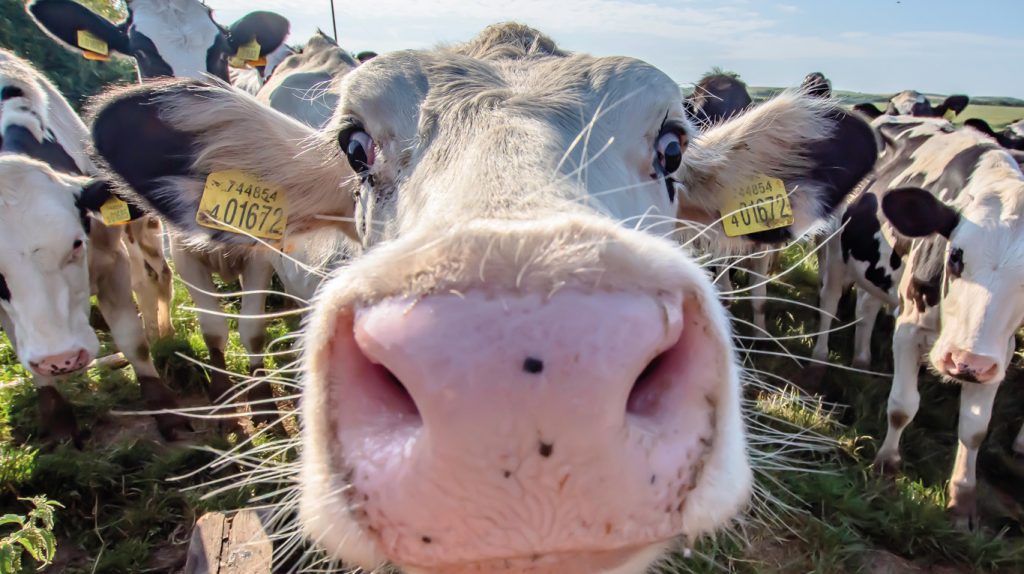
Selenium, as well as copper, can also be toxic in excess and the initial work on this trace element focused on this toxic aspect. However, selenium also has a vital role in immune function and the discovery that the enzyme glutathione peroxidase prevents tissue damage from free radicals was a major breakthrough. This enzyme is also used as a measurement of the selenium status in the cow. The role of selenium in areas such as uterine function and reducing retained cleansings highlights how important this trace element is in the area of fertility.
This means there is no guarantee that trace element status will be the same throughout the farming year. The demands of the cow at crucial times such as calving, can also result in a greater requirement for certain trace elements.
With a system relying on grass and cows at pasture, providing good access to reliable sources of trace elements can be challenging. Traditionally, trace elements can be added to mineral licks, water supplementation or in a total ration formulation. Some minerals are unpalatable in water and mineral licks can attract other wildlife and possible disease risks. Ensuring each animal has the right amount of trace elements every day and avoiding toxicity, always have to be concerns. Drenches do provide this option, but have to be repeated frequently as they usually do not last longer than a few weeks.
The original Teagasc work by Phil Rogers with Les Porter from Animax on a slow-release leaching bolus demonstrated that trace elements, in this case iodine, could be given in this form. It demonstrated positive effects in all types of systems, from fattening and breeding beef animals to dairy herds
A long-lasting leaching bolus gives a consistent release of the essential trace elements to the individual animal. By contrast, minerals given in the form of licks or buckets which are added to a ration will contain lower levels of selenium in particular.
Drenches offer the same individual animal approach as boluses but are very fast acting – a few weeks compared to the 180 days offered by an Animax leaching bolus.The leaching technology in Animax boluses allows some of the highest levels of the essential trace elements with a consistent release over the life of the bolus. In addition, as copper can be given separately, this allows for even more tailored supplementation for an individual farm situation.
In summary, it is clear that nutrition and trace elements are vital for optimising fertility in cattle.
For further information on boluses browse www.animax-vet.com/products/uk/ or contact Animax Northern Ireland and Donegal representative, Neill Acheson, mob; 07795 434 986, e mail: neilla@animax-vet.com
Dr Elizabeth Berry BVSc, PhD, MRCVS is veterinary director at Animax.


